The perfect long weekend in Barbados
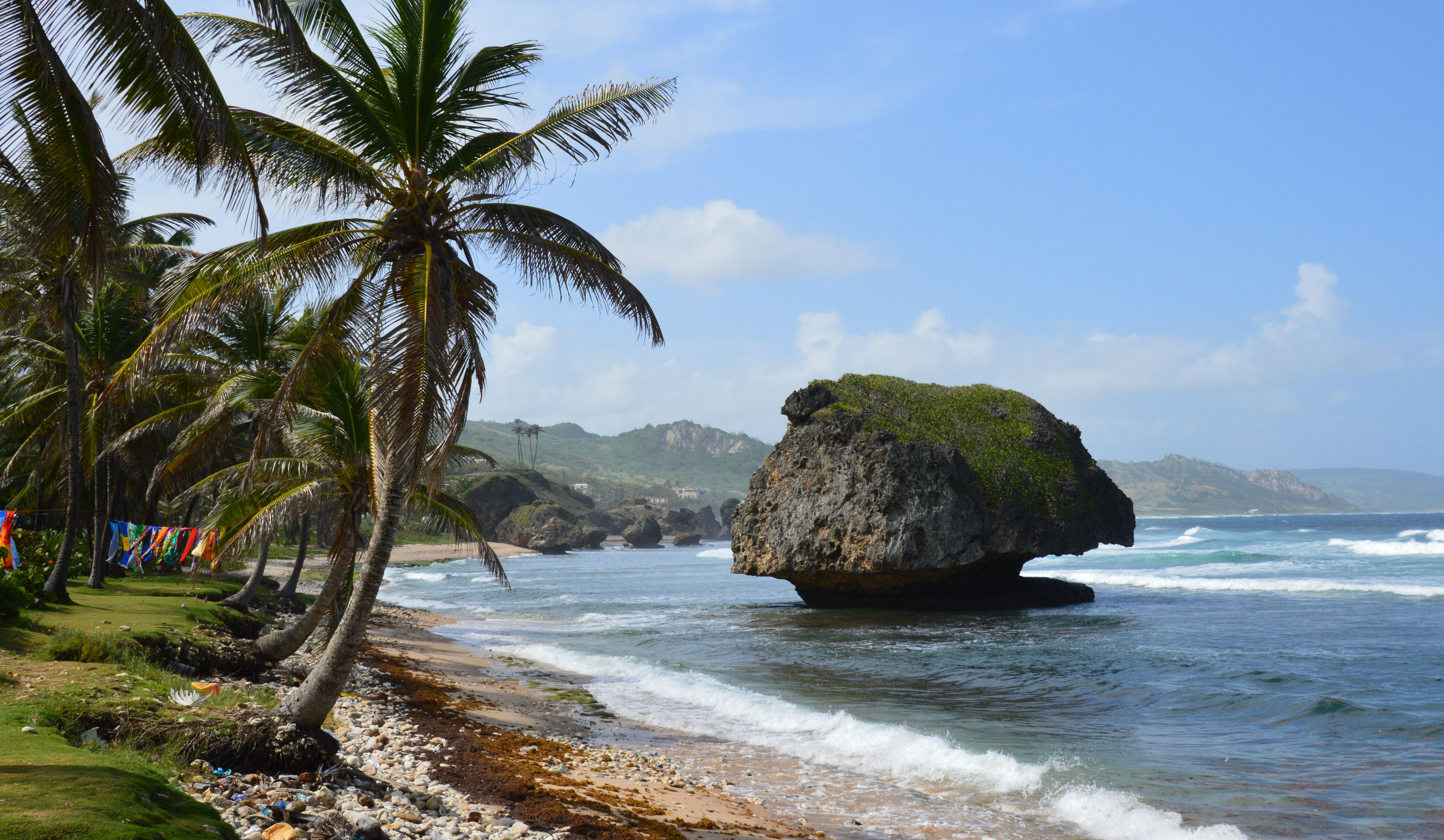
Even four nights is enough to venture beyond the resorts and get to the heart of this popular and historic island
Driving along Barbados’s western shore with a local guide is like motoring into the pages of Hello! magazine, or at least into one of those sunsoaked holiday-season features heavy with news of paunches, cellulite, poolside love affairs and pina coladas.
The celebrity names come thick and fast – everyone from Wayne Rooney and Holly Willoughby to Gwyneth Paltrow and Justin Bieber seems to have been here, and quite possibly to own or to have owned a villa or three.
The Week
Escape your echo chamber. Get the facts behind the news, plus analysis from multiple perspectives.

Sign up for The Week's Free Newsletters
From our morning news briefing to a weekly Good News Newsletter, get the best of The Week delivered directly to your inbox.
From our morning news briefing to a weekly Good News Newsletter, get the best of The Week delivered directly to your inbox.
The appeal for them is not hard to see. True, it’s all a little built up and high-walled these days, but the coast road is quiet enough, the beaches are pale and long, the sea calm and warm, the coconut palms impossibly elegant — and then, no doubt, there’s the bumping into fellow members of the particularly popular set so far from home.
There is no more natural or honourable way to conduct yourself on the island than to slither into one of these storied western compounds and out on to the baking sands beyond, to knock back fruity cocktails and not to stir again until made to do so.
Such, in the most general terms, was my own vision when I flew from misty Manchester to the Caribbean last June – but I had decided to realise it elsewhere. Barbados was just a stopover, forced on me by the flight schedules (as it is for many visitors to the region) en route to my ultimate destination, and the idea of knocking myself out here only to do so again more thoroughly in Grenada the next day seemed grotesque. I decided instead to make something more particular of my stay on the island — to extend it to four nights, to get away from the Waynes, the Hollys and the beaches, and to see what lay beyond.
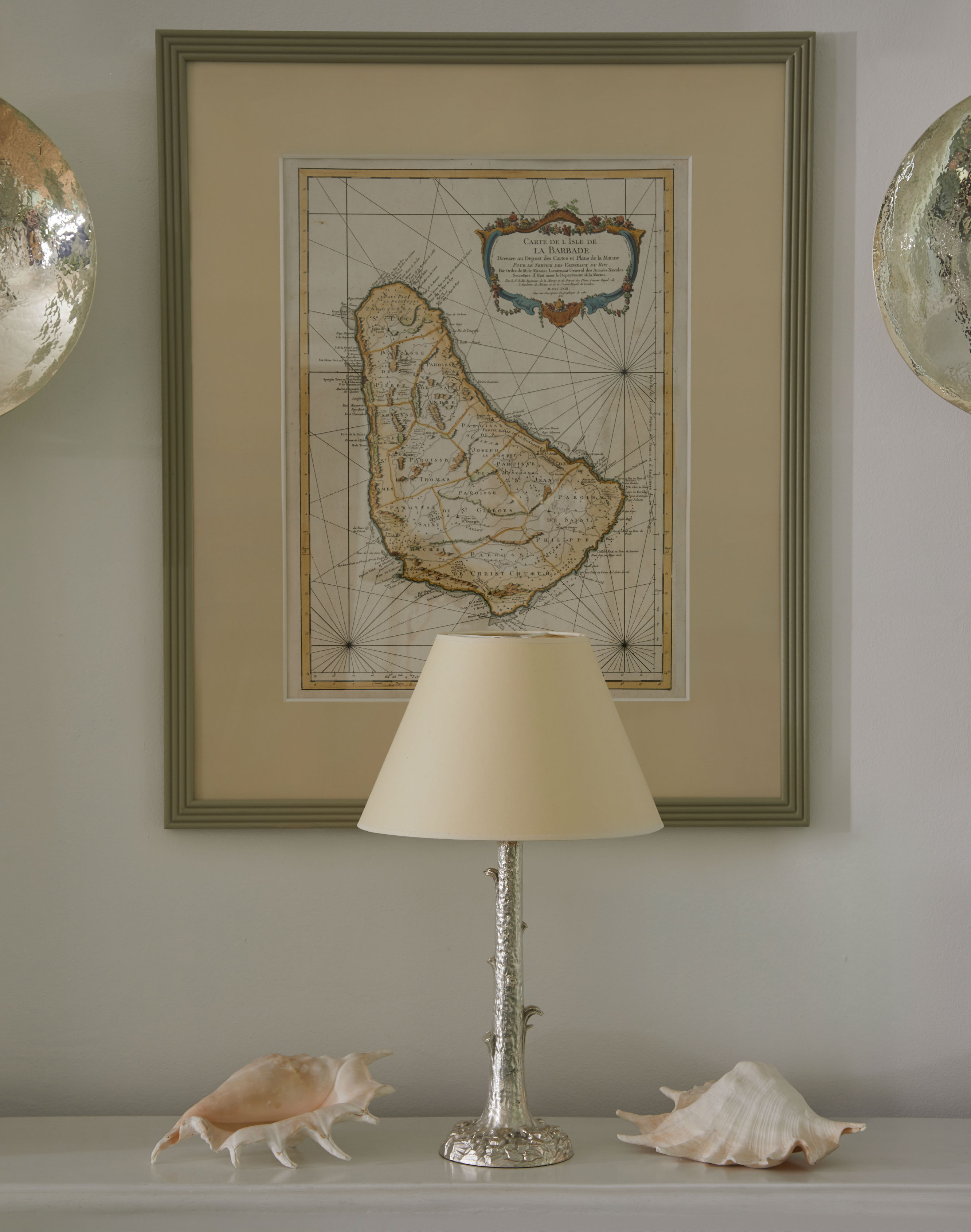
Like a holiday romance, my stay was more exciting for its brevity. To a first-time visitor, an island as big as this – 21 miles long and 14 across – seems as full of promise after three days’ exploring as it does on arrival, as fresh and stimulating to the senses. For me, the danger in such circumstances is usually my extreme nerdiness – the crippling compulsion to catalogue and comprehend everything, or at least everything considered suitable for tourist consumption. Luckily, I had an excellent concierge – Will Oakley, the general manager of Cobblers Cove.
A free daily email with the biggest news stories of the day – and the best features from TheWeek.com
Often regarded as the finest boutique hotel on the island, this beachside bolthole has recently been refurbished but remains reassuringly old-fashioned, and sits far enough up the west coast to feel quiet and even a little secluded.
Just a week before my trip, I phoned to ask Will what he thought I should see and do during my stay. Perhaps he sensed the pressure in my voice. Two days later, a detailed itinerary landed in my inbox. He had mixed mainstream tourist sights with more offbeat personal tips, roped in the best guides, and timed everything with military precision (I would discover later that Will had dithered between Sandhurst and the hotel business on leaving school). The plan was delivered with mild hints of alarm that I might be overtaxing myself, and repeated reassurances that cocktails awaited should I ever wish to drop out, but in fact it was the perfect cure for my travellers’ FOMO — a blueprint for the ultimate long weekend in Barbados.
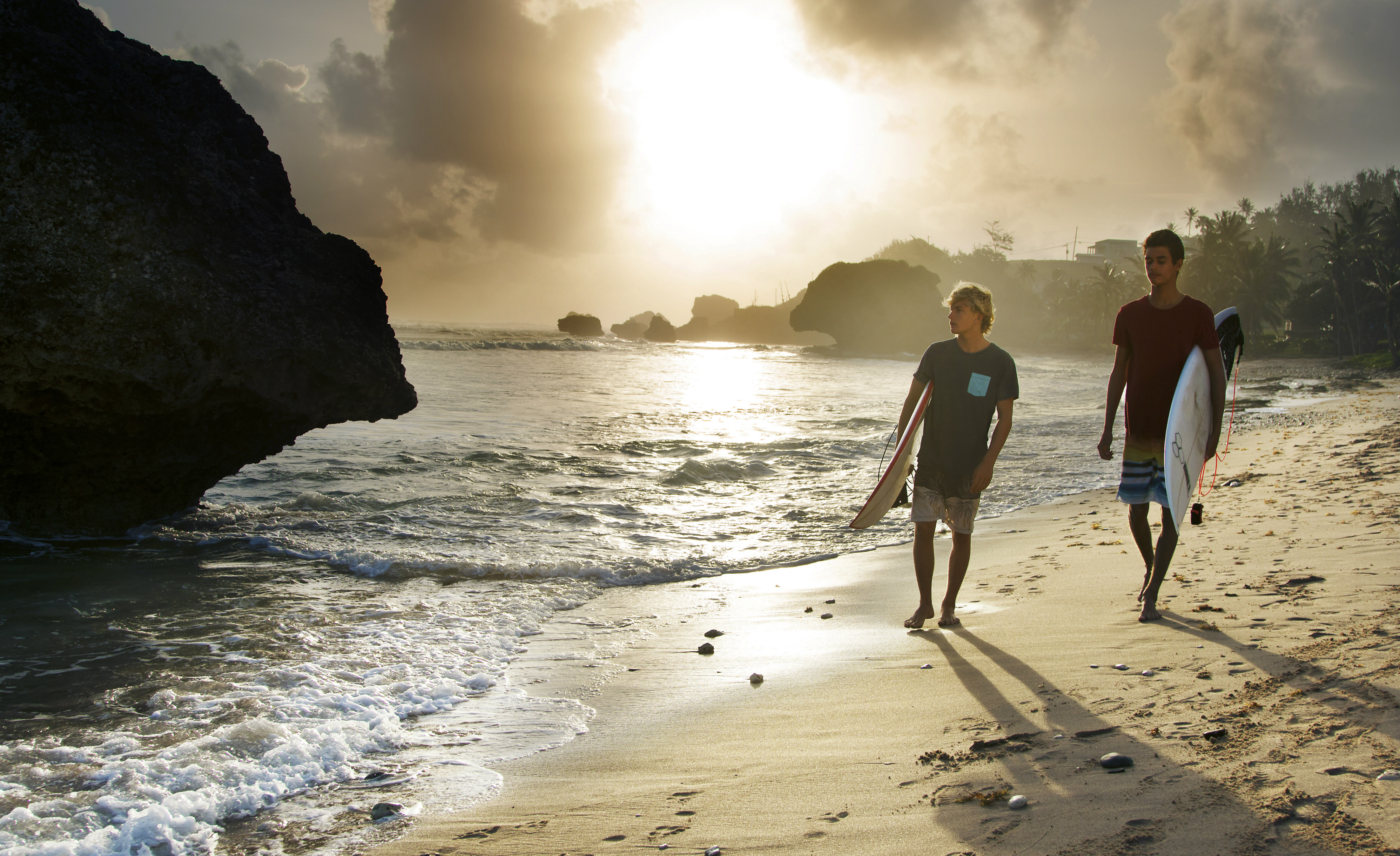
General Orientation, Day One, 0900 hours. Following several triple espressos and a fortifying tumbler of local rum on the airy seafront terrace at Cobblers Cove, Private Yarwood reports to Miguel Pena, head of the Barbados National Trust, for a tour of Bridgetown.
The island’s capital has sprawled in recent decades, and in the 20th century many of its older buildings acquired dull concrete facades. But behind them, much of their original fabric – and the entire urban plan – has survived, making this one of the region’s most important historic towns, a UNESCO World Heritage site since 2011.
Most striking is the Garrison Savannah, originally a British army parade ground. Used for horse racing today, but still surrounded by grand (and pristine) 19th-century regimental buildings, it is vast – a thrilling, and chilling, display of British imperial might (especially when accompanied by Pena’s account of the extremes of Victorian military discipline) – and a more telling sign of Barbadian exceptionalism even than a Hello! magazine photo spread.
For it is not only the Waynes and Hollys who have realised Barbados isn’t just any old Caribbean island. The British guarded it so jealously for 400 years for the same reason we now fly and flop (or change planes) here in such impressive numbers.
It sits far out in the ocean, a full 100 miles east of the great archepelagic chain that stretches across these waters from Trinidad, a cannonball’s throw from Venezuela, to Cuba and the Bahamas, within a pirate’s whisker of the Florida coast. For our sinewy, ambitious ancestors, it offered naval dominance of the region; to their pallid, flabby descendants, it represents the shortest route to tumblers of rum and historical city tours in the winter sun.
And then there is its distinctive geology. Its neighbours are mountainous, wild and volcanic, but Barbados is a coral island of low hills, easy to cultivate. Ruthless British slave-owners once made vast fortunes by growing sugar here. Today, regular returnees from Blighty often say its tame, gently rolling (and more densely populated) landscape reminds them, soothingly, of home.
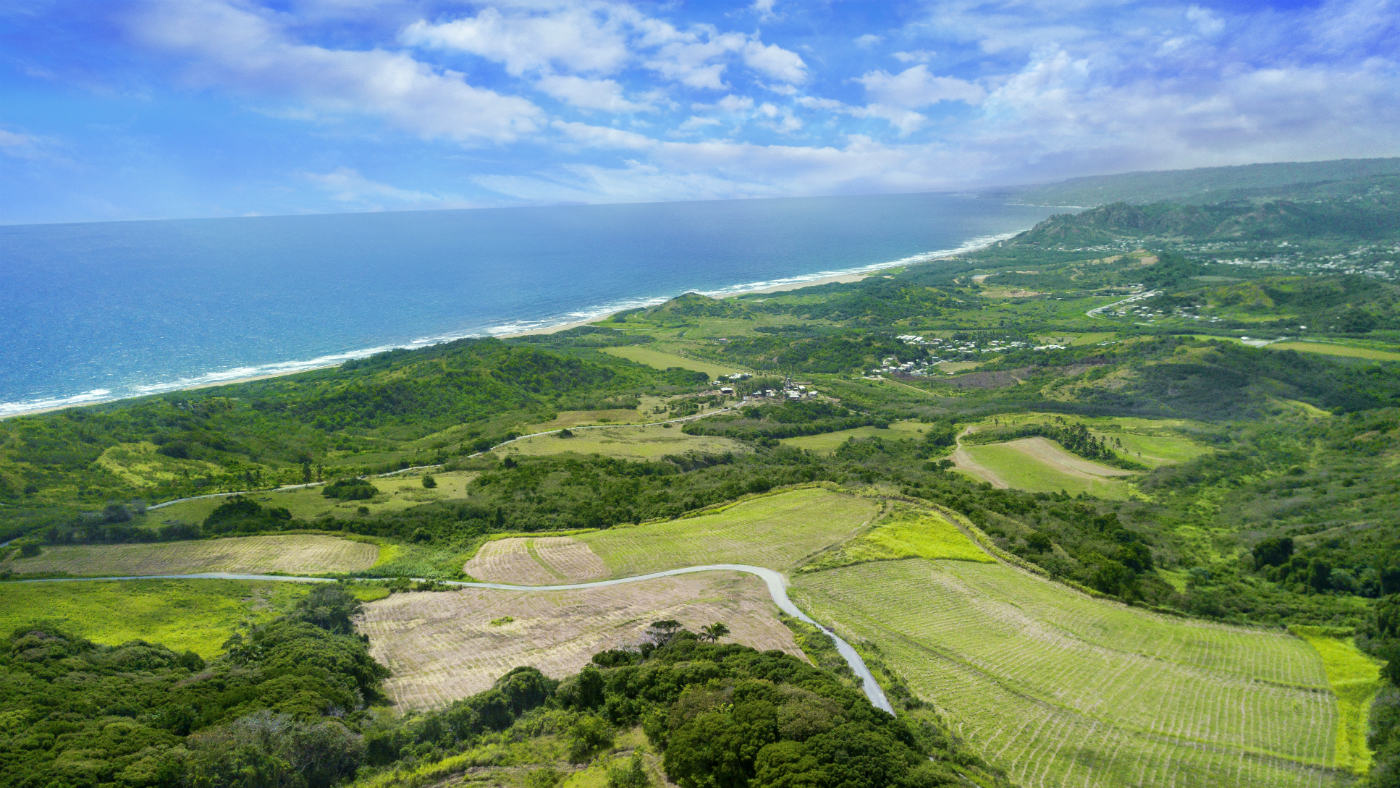
Next stop for me was Bridgetown’s old synagogue, a neat little building whose Iberian-gothic exterior and pale pink shade lend it a mildly fantastical air in its sober British-colonial urban context.
Here, Pena introduced me to the next super-guide on my whirlwind tour, Sir Paul Altman, a property developer whose proudest personal achievement, he told me, was to have rescued this building from oblivion in the 1980s and restored it in the decades since together with the tranquil graveyard beside it, where weather-beaten stones dating back three centuries huddle in the shade of spreading mahoganies.
The current building was erected in 1833 after a hurricane destroyed its seventeenth-century predecessor. True pioneers, the first Jewish inhabitants of Bridgetown came here from Recife in Brazil, where they had settled briefly under Dutch rule. Forced out when the Portuguese retook the Brazilian city in 1654, they brought with them to Barbados the knowledge of sugar production that would soon make the island the most lucrative of all Britain’s colonies.
In Recife, they had built the first synagogue in South America; Bridgetown’s was the first in the Caribbean, and predated any in continental North America. Despite facing discriminatory laws at first, a large Jewish community flourished here until the early 20th century. Its history is intimately bound up with that of the island as a whole, and excavations around the synagogue have lately turned up a host of fragments telling of the everyday life of all the island’s settlers and slaves. Many can be seen in a beautiful new museum on the site.
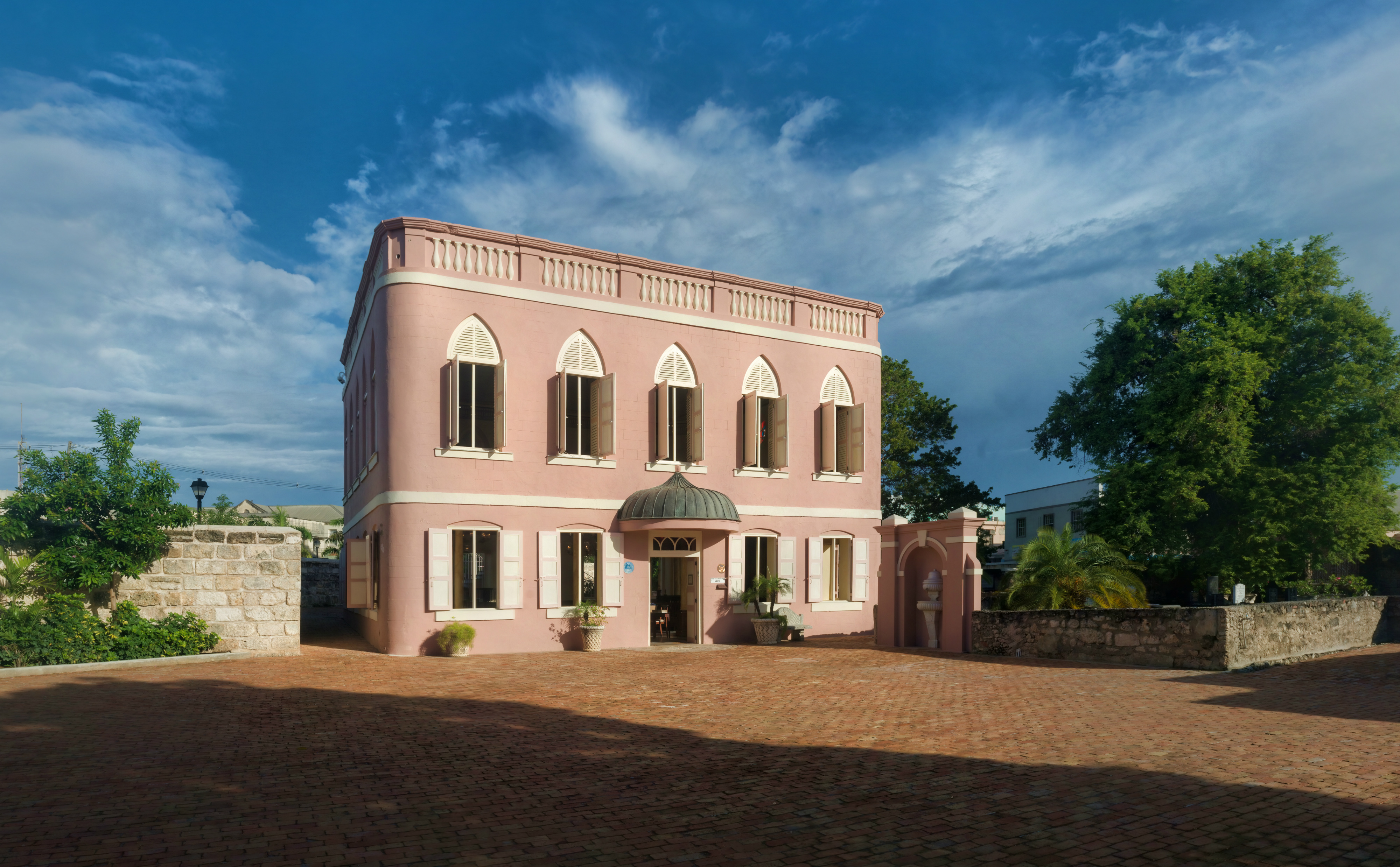
Day One, 1300 hours. Forced march – the whole way across the island. I had expressed an interest in seeing a bit of the countryside, but didn’t expect this – a four-hour walk from the east coast up into the island’s central hills and back down to its western shore. General Oakley had elected to lead the expedition himself, and had somehow persuaded a contingent of other guests to take part.
I was nervous at the prospect of so much exercise in such intense heat, and I wasn’t sure if Barbados’s landscape, ravaged by centuries of intensive sugarcane farming, would merit such exhaustive attention. But having brought this whole crazy adventure on myself, I gritted my teeth, strapped on my stiff new leather boots, stuffed my rucksack heartily with large rocks and reported 14 seconds ahead of schedule to the minibus at the hotel’s front gate.
As it happens, the east coast of Barbados could scarcely be more different from the west. Ask the locals where their favourite seaside spot is, and they will often name one of the wilder beaches on this side of the island. Pounded by huge Atlantic waves and peppered with giant black boulders, they are long and lonely and really quite ravishing.
What’s more, up in the north – where we were to attempt our traversal – the interior is wilder too, the hills and woodland not unimpressive. After an hour or so spent tramping along its winding country lanes, past tumbledown old windmills and through neat little villages on whose greens the cricket matches seem eternally to be in progress, I found I had been lulled into a state approaching bliss.

I suppose I was tripping in part on neurochemicals released by the exercise itself – better even than those to be found in the fruity cocktails with which we were greeted on our triumphant return to Cobblers Cove.
But there was also the luxurious embrace of the sun, its light mellowing as the afternoon progressed, drawing out the shadows of trees and hedgerows into a glorious golden filigree across our path. And there was the thrum of insects, the rustle of tall grass, and the immense views back down across forest and field to the savage east coast and, later, to the gentle west. Barbados might not have the jagged peaks of Jamaica, Dominica or St Lucia, but it is still swooningly beautiful in parts, and would be well worth a visit if for nothing more than a few empty-headed afternoons rambling like this.
Particularly enchanting are the island’s gullies, deep declivities in the landscape where the roofs of limestone caves collapsed long ago and the rainforest, hung thickly with creepers and quivering with birdsong and butterflies, claimed their steep sides.
We walked through one on the afternoon of my first day in Barbados, and on the morning of the second, I visited another, better known example. An almost perfectly round crater some 500 feet across and 200 feet deep, it once sat at the heart of an old sugar estate, but is now a garden, known simply as Hunte’s after its presiding genius, the Barbadian (or Bajan, as the locals have it) horticulturalist Anthony Hunte. Barbados, I discovered, has a proud horticultural tradition – winning endless medals at the Chelsea Flower Show – and several of its larger gardens are open to the public, or can be visited by arrangement.
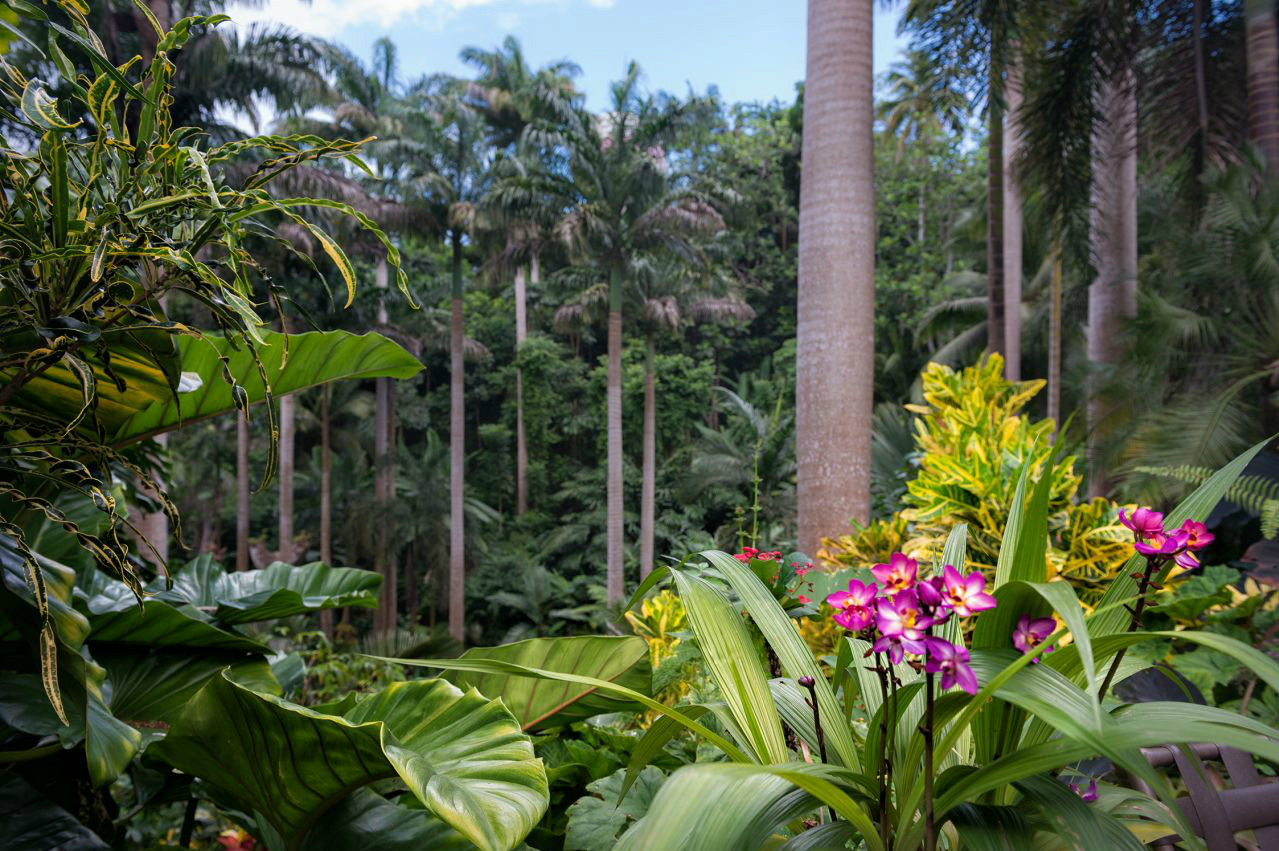
At Hunte’s, paths wind down from the entrance into the Jurassic abyss, past dizzyingly tall and slender royal palms (remnants of wilder days) and through great cascades of ginger, lilies, heliconias and other flamboyant tropical species. There’s much to wonder at in the details, and several arbours in which to sit and gaze along the way, but the most distinctive thing about the place are the grand effects, not least the setting itself. This is gardening as theatre, I thought as the divine lighting designer drew back the clouds and assaulted the dark web of foliage with great honeyed rays, whose tips pierced eventually into its lowest depths.
To gardens and gully hikes, the assiduous long-weekender in Barbados might add great houses, of which the island has several fine examples. Will sent me to St Nicholas Abbey, one of only three Jacobean mansions in the Americas (the others are Drax Hall, also in Barbados, and Beacon’s Castle, in Virginia), there to be met by members of the Warren family, Camilla and Simon, whose father Larry – a prominent Bajan architect – bought the house (and the 400 acres of gardens, sugar cane fields and forested gullies in which it sits) in 2006.
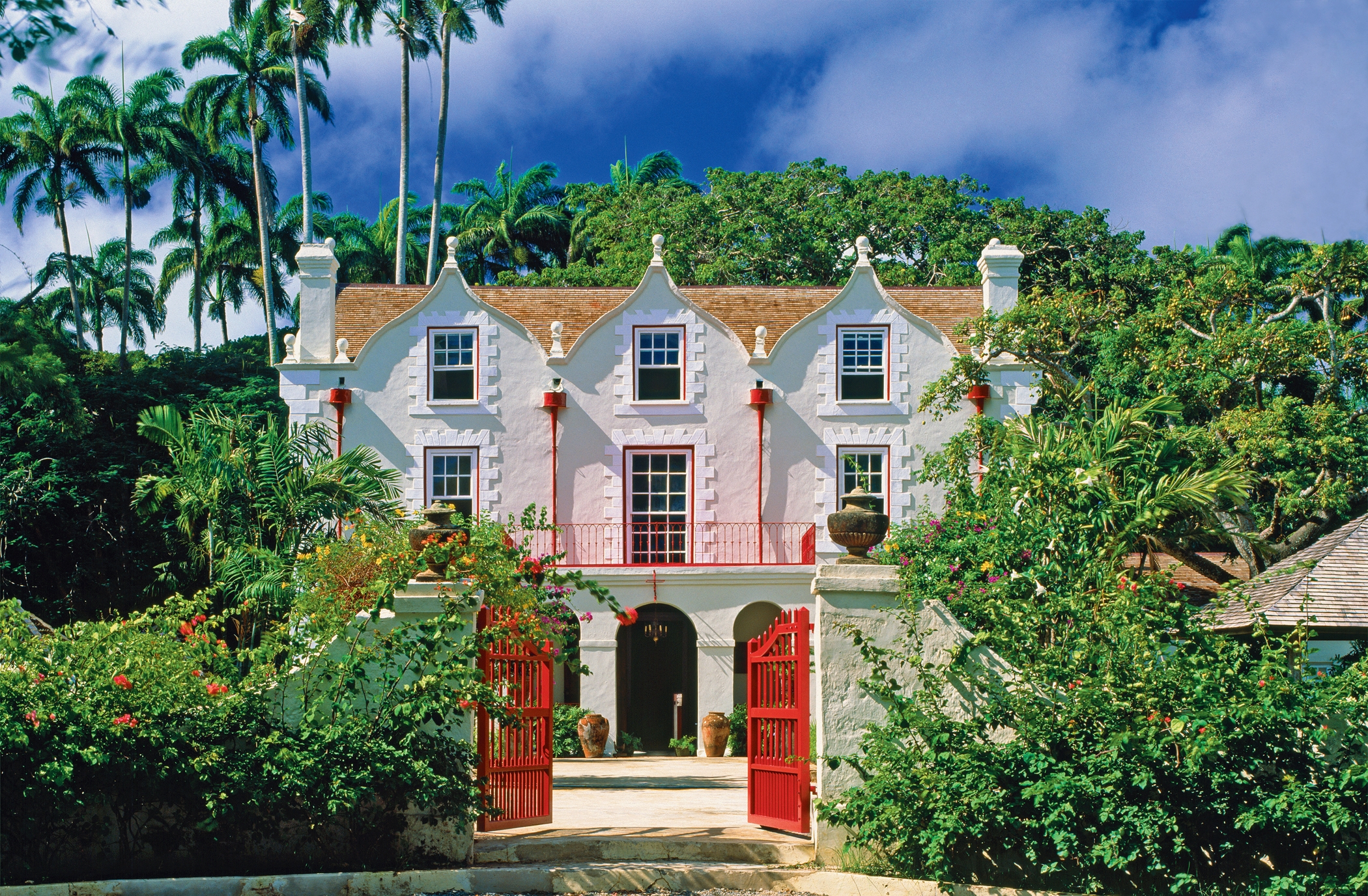
Set amid towering mahogany trees and neat little formal gardens, it is rather smaller than I had imagined from the photos I saw online – small but exquisitely formed, with its pale stucco facade each of whose three gables curls up to a central peak like newly-whisked egg whites. This is what serious money looked like in the 1660s, I realised, and felt as I adjusted to its scale how much huger and tougher and more immediate the world must have seemed to our ancestors three centuries ago. (Particularly, I then reflected, to the people who actually built and ran this place. But it’s difficult to move an inch in the Americas without thinking about slavery, at least as a European visitor – who might also do well, I suppose, to reflect on such horrors more often when back home.)
Today there is a deep quiet in the old house, and a mellow beauty and fascination in its superbly restored interiors (including a Chippendale staircase and a Sheraton sideboard, as well as two Wedgwood tea sets and a Coalport dinner service). The cafe is great, and greater still for its terrace, which hovers above a densely jungled gully. There are outbuildings with huge, oily 19th-century sugarcane-smashing machines – still, amazingly, in use. There are regular showings of a hilarious film about the estate made by a former owner in the 1930s. And to top it all, there is renowned rum, which Simon produces on site in a traditional pot still, offering generous tastings to visitors.
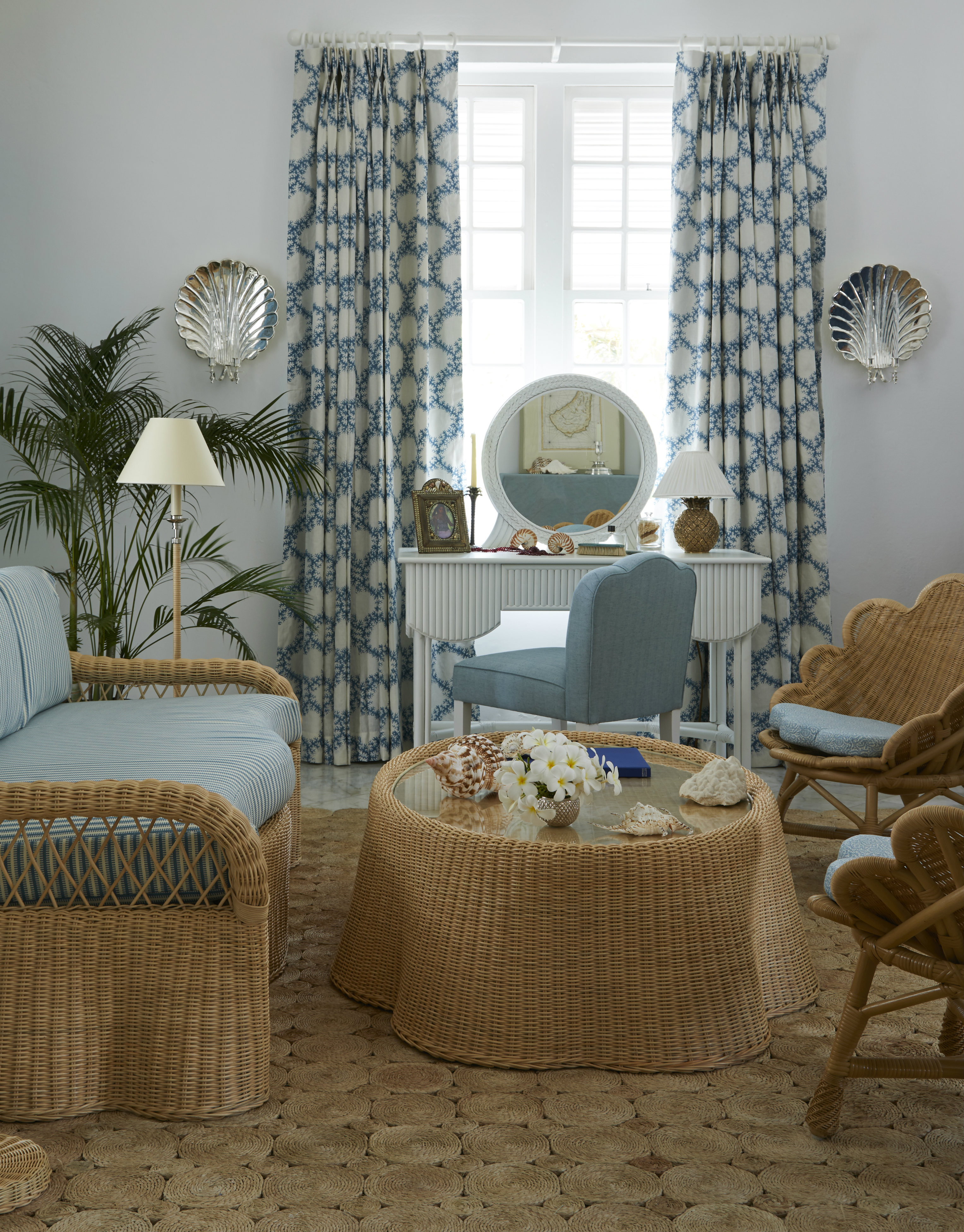
I got back to Cobblers Cove that evening in time for tea, served in the old drawing room of the 1940s house that sits at the heart of the hotel, with its wicker sofas, rush matting, and soothing acres of pastel-striped and hand-printed floral fabrics, all refreshed this year as part of a perfectly-pitched makeover by Belgravia-based designers Soane Britain.
There was time afterwards as sunset approached to pad down to the quiet beach in front of the hotel and swim in the sea. It was all so perfect, I momentarily regretted my decision to move to the east coast the next day, but move I must, to spend my third and last night in Barbados at a new hotel, ECO Lifestyle + Lodge, which occupies a whitewashed clapboard 19th-century house on a bluff overlooking the Atlantic, beside the well-known surfing beach of Bathsheba.
Day Three, 0900 hours. On my way across the island to the new hotel, Will had arranged the final stop in my official itinerary – a guided tour of Coco Hill Forest, one of Barbados’s more innovative eco projects.
With huge views down to the sea, it’s a great place to stretch your legs – a shaggy 53-acre patch of forest high in the hills of the aptly-named Scotland District, owned by local hotelier Mahmood Patel. But it’s also an ongoing experiment in permaculture – farming in harmony with the natural environment – whose softly-spoken but fiercely articulate manager, Romanus Clement, was my guide for the morning.
Wandering the forest’s earthy paths, Romanus introduced me to a huge array of tropical fruits and herbs – soursop, ackee, eddoes, sapodilla and more (and more) – with such care and enthusiasm I couldn’t help but imagine him chatting with them personally, or perhaps singing to them, when intruders like me weren’t there. He took me through the organic agricultural methods he and Mahmood are trying out, including terracing – all vital stuff on an island whose land has been degraded through centuries of intensive cash-crop farming, and where 80% of food is now imported.
At the top of the hill, he pointed out a natural bower in a lofty bamboo grove where he occasionally sits and meditates. And then we gazed out across the island for a few moments of stolen quiet, the unearthly creaking of the bamboo and the cool shiver of the breeze momentarily absorbing me.
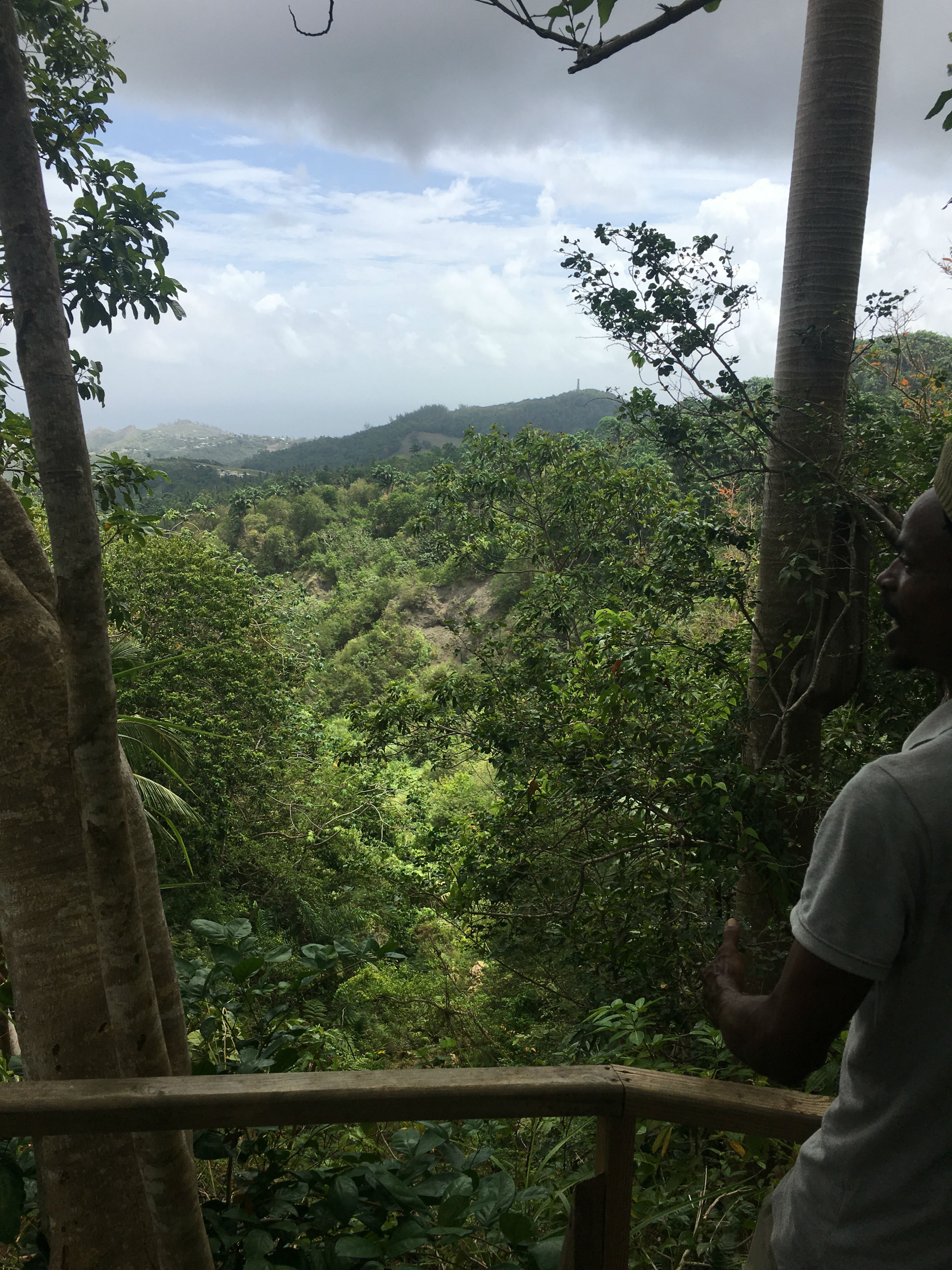
I never particularly used to like all this sort of right-on environmental stuff when I was a kid. Back in the 1980s, my mother was into wholefoods, and occasionally took me to shops done out in scruffy pine where angry hippies attacked sacks of mung beans and carob powder with huge battered metal scoops. I preferred our trips to snobby Parisian cafes for macarons, icy conversation and powerfully caffeinated drinks in gilt-edged china cups.
But Romanus and Coco Hill Forest had left me feeling peculiarly clean and airy and grounded and whole – and the ECO Lodge thankfully had the same effect. Owners Kyle and Mariam Taylor were first lured from New York City to east-coast Barbados a few years ago by its growing reputation as a world-class surfing destination, and soon fell in love with it. The hotel they have since opened positively vibrates with that enthusiasm. It struck me as a faultless exercise in international-modern-eco-boutique chic (surely peerless, in this respect, in Barbados), but it is not at all paint-by-numbers.
Staff are all friendly local people, interiors are pale and spacious and bursting with objects created by Bajan artisans, beds are big and comfortable, and the close-cropped emerald lawn teetering high above the angry Atlantic round the back is divine. Yoga instruction, surfing lessons, guided hikes and the like are of course on tap, and there’s a deep gully leading to the sea down the side of the property in whose verdant depths Kyle was busy constructing a sauna using clay and cuscus grass (a traditional Bajan building method) when I arrived. Sadly, I had to leave for the airport at six the next morning, and so I never got to try breakfast, but several people on the island had already told me the lodge’s “sea-and-farm-to-table” food was its greatest strength, with tables for Sunday brunch typically booked up days in advance.
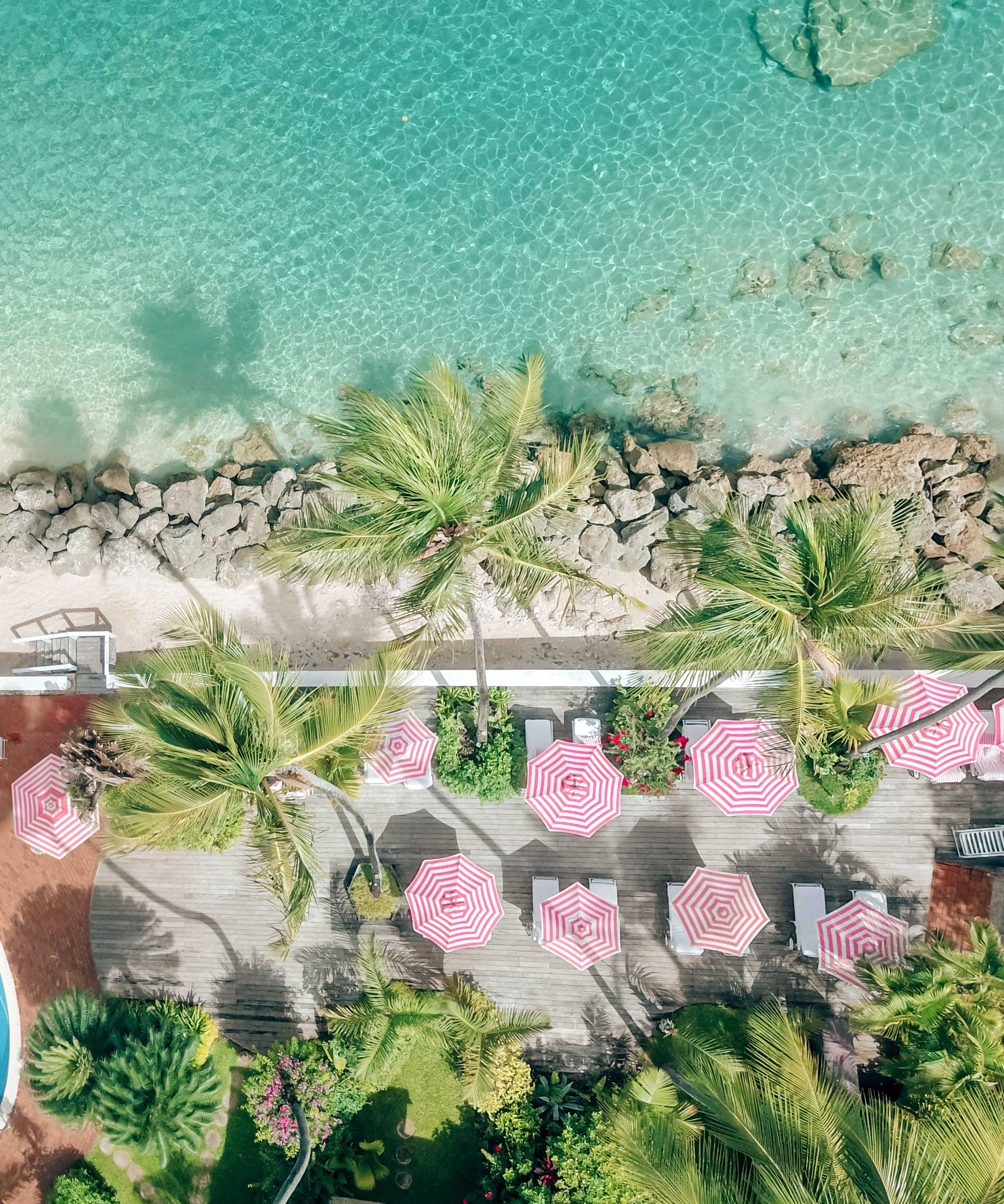
Enthusiastic sea-swimmers like me might do better to stay on the west coast, where the waters are tranquil, and, as Will had shown me, the other side of the island is only ever a short taxi ride (or a sublime four-hour hike) away.
Still, it was lovely to be based in the wilder, more affordable and less air-conditioned east for a short while, and to be able to wander out aimlessly on to its sandy lanes, to follow my nose up the hill and to stumble on another of the island’s most illustrious tourist sights, the Andromeda Botanical Gardens. The supervisor there seemed delighted to see me: no one else had been all day.
Created in the mid-20th century by a leading Bajan horticultualist, Iris Bannochie, and donated by her to the Barbados National Trust, this six-acre site supports more than 600 tropical plant species. The garden’s labyrinthine paths converge on a true monster, a giant bearded fig tree of the kind that was once general across Barbados (and after which some say the island was named in the 16th century, by sailors from Portugal, where “barbados” means “the bearded ones”). But there is also much else here to astonish even the most unschooled eye: on the palm-tree lawn, I became aware I was behaving like a stoned sixth-former, pawing and nosing at the trunks of 12 or more species whose fabulously diverse patterns and colours and textures had drawn me in.
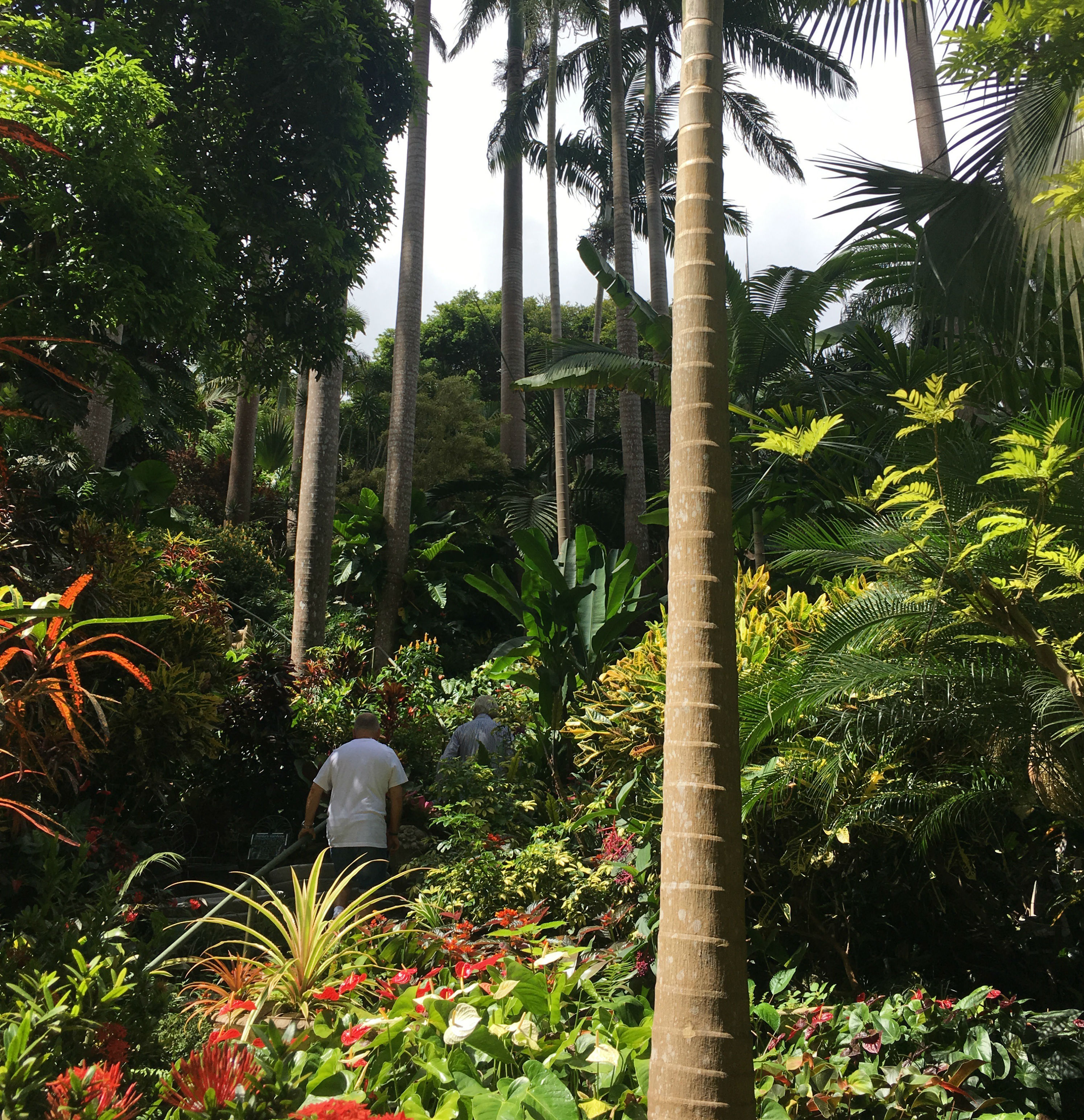
An anxious nerd could not have asked for a more perfectly curated trip to Barbados – but my accidental visit to the Andromeda gardens in the magic hour had shown me there’s more than a long weekend’s worth of wonders to discover beyond the resorts on this lonely little island. My first visit, I now see, was but the initial skirmish. Another is in order – and it will be once more to General Oakley and Cobblers Cove that I will turn for strategy, logistics and (because surely now I can afford to rest a little on my touristical laurels) a few more fruity cocktails by the beach.
-
 The most memorable podcasts of 2025
The most memorable podcasts of 2025The Week Recommends A round-up of the year's top podcasts that kept listeners tuned in
-
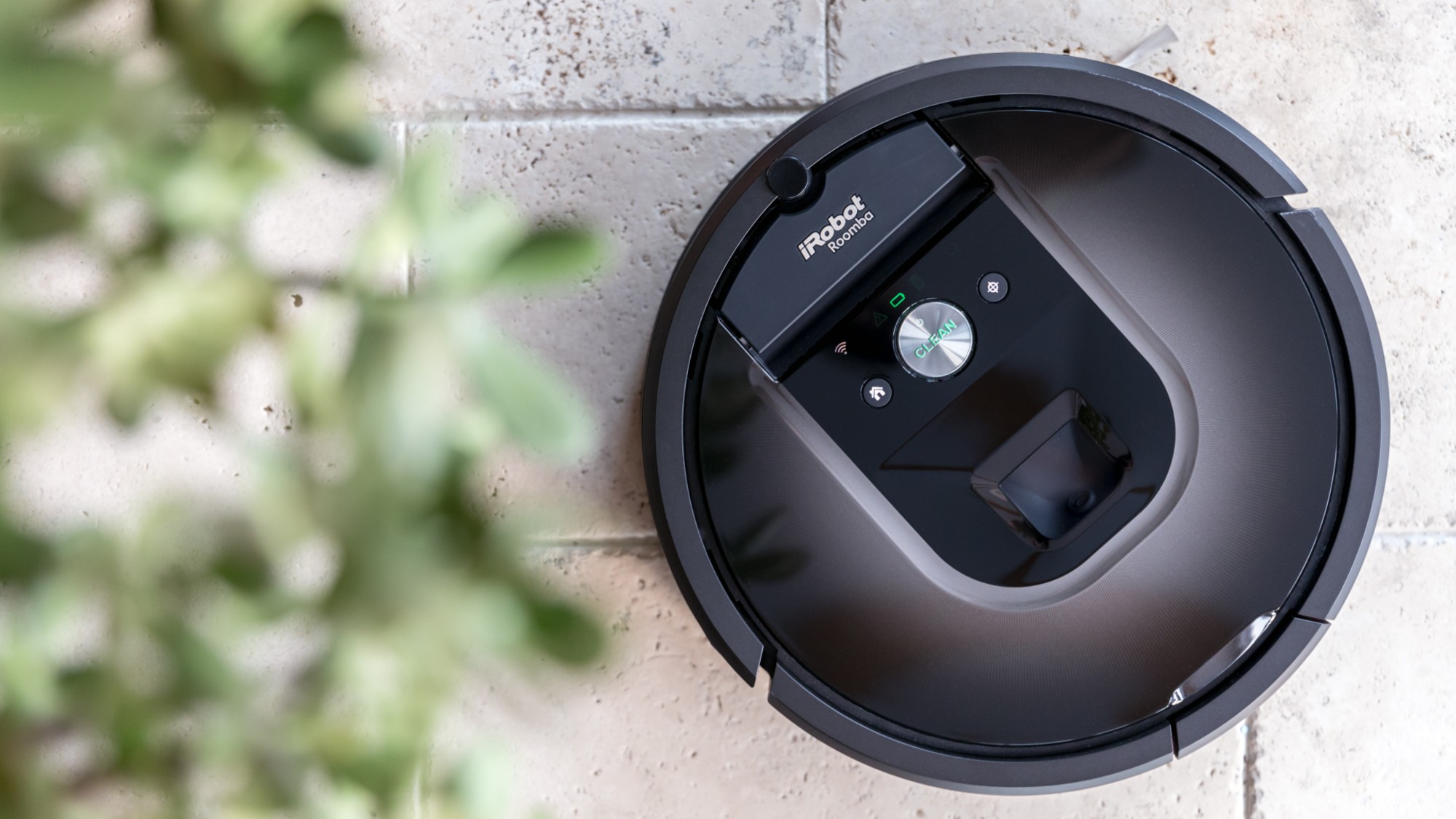 What is Roomba’s legacy after bankruptcy?
What is Roomba’s legacy after bankruptcy?In the Spotlight Tariffs and cheaper rivals have displaced the innovative robot company
-
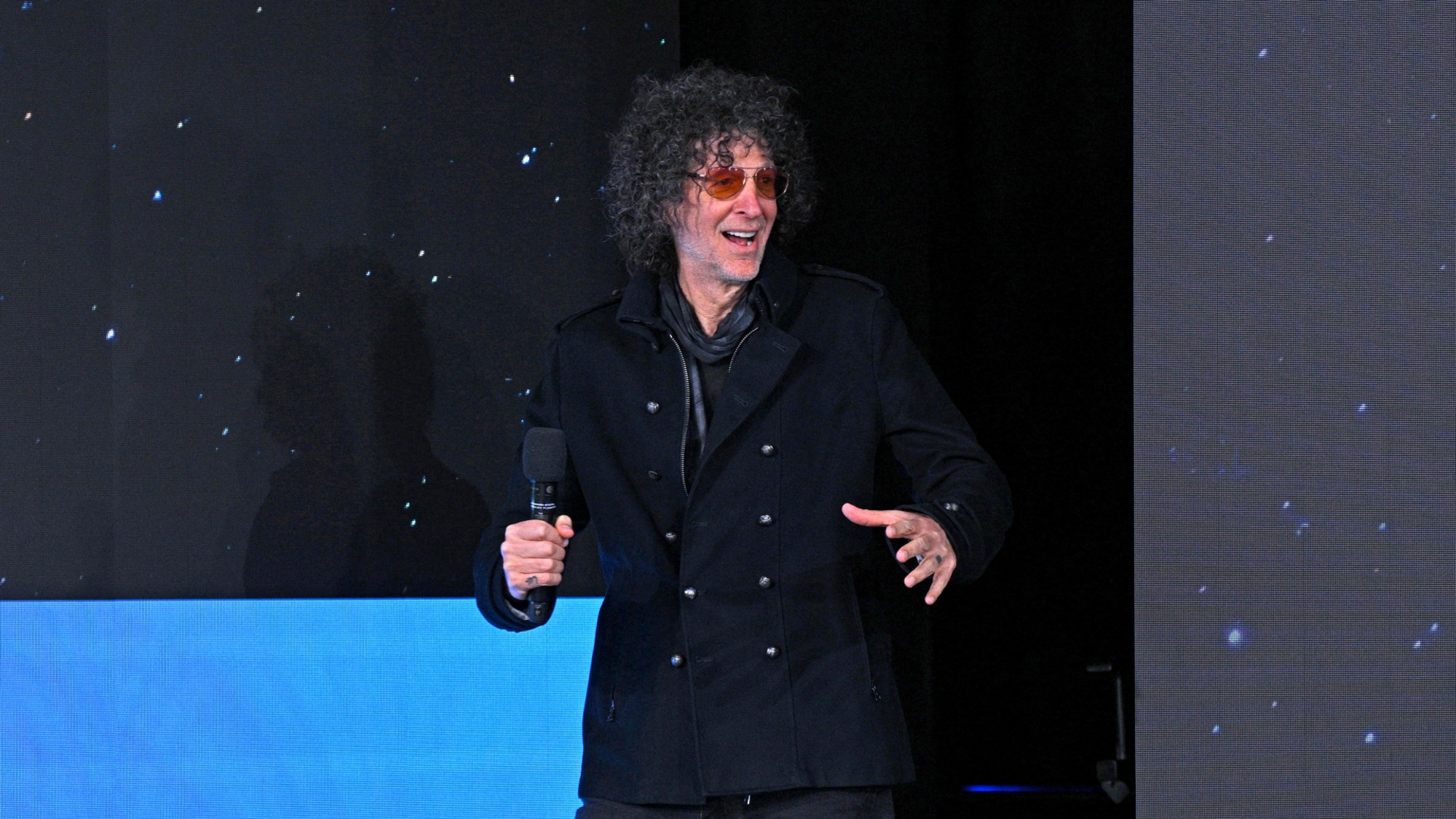 SiriusXM hopes a new Howard Stern deal can turn its fortunes around
SiriusXM hopes a new Howard Stern deal can turn its fortunes aroundThe Explainer The company has been steadily losing subscribers
-
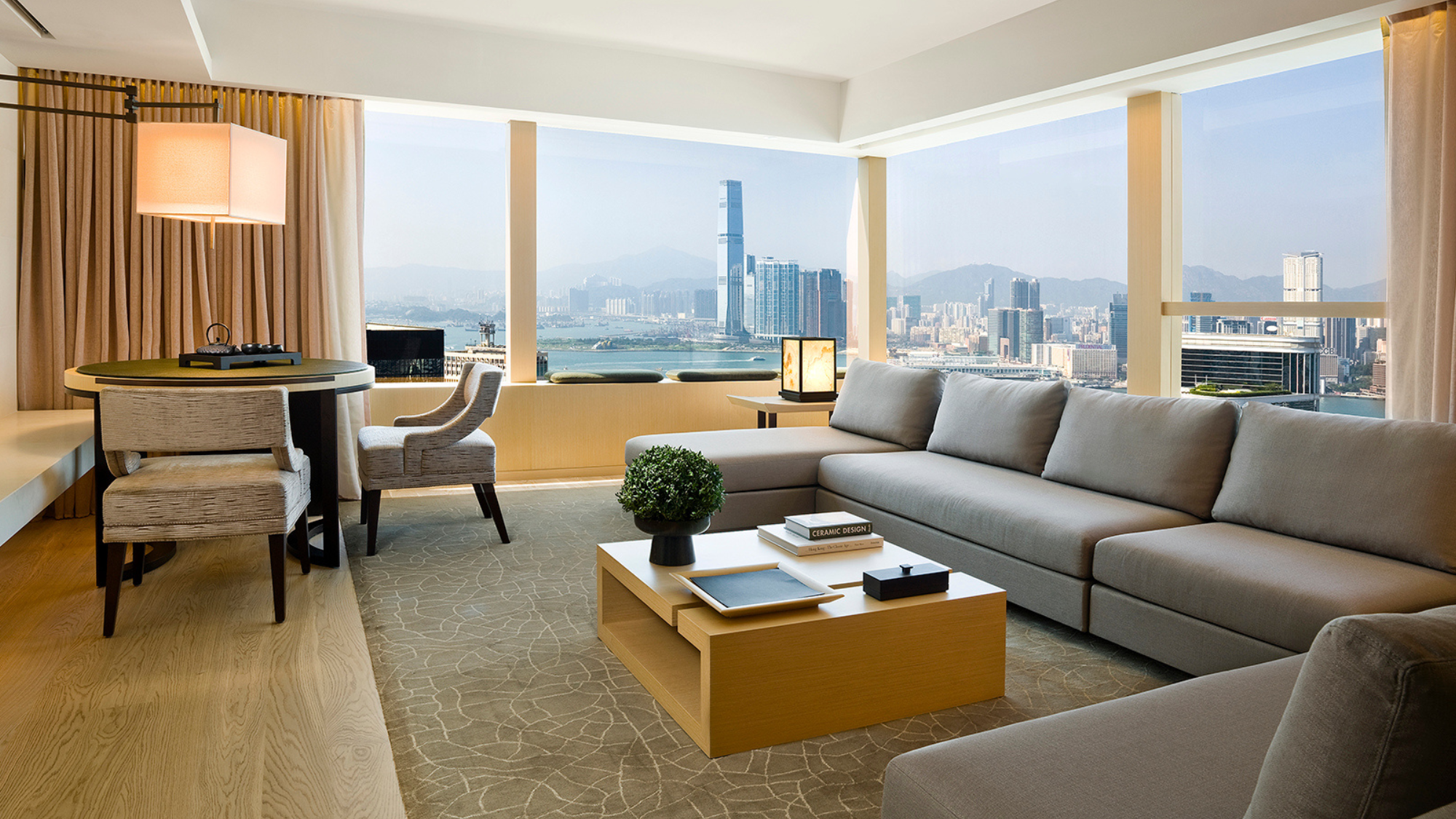 Upper House Hong Kong: a serene sanctuary in the bustle of the city
Upper House Hong Kong: a serene sanctuary in the bustle of the cityThe Week Recommends Panoramic harbour views and super-stylish interiors elevate this luxury hotel to another level
-
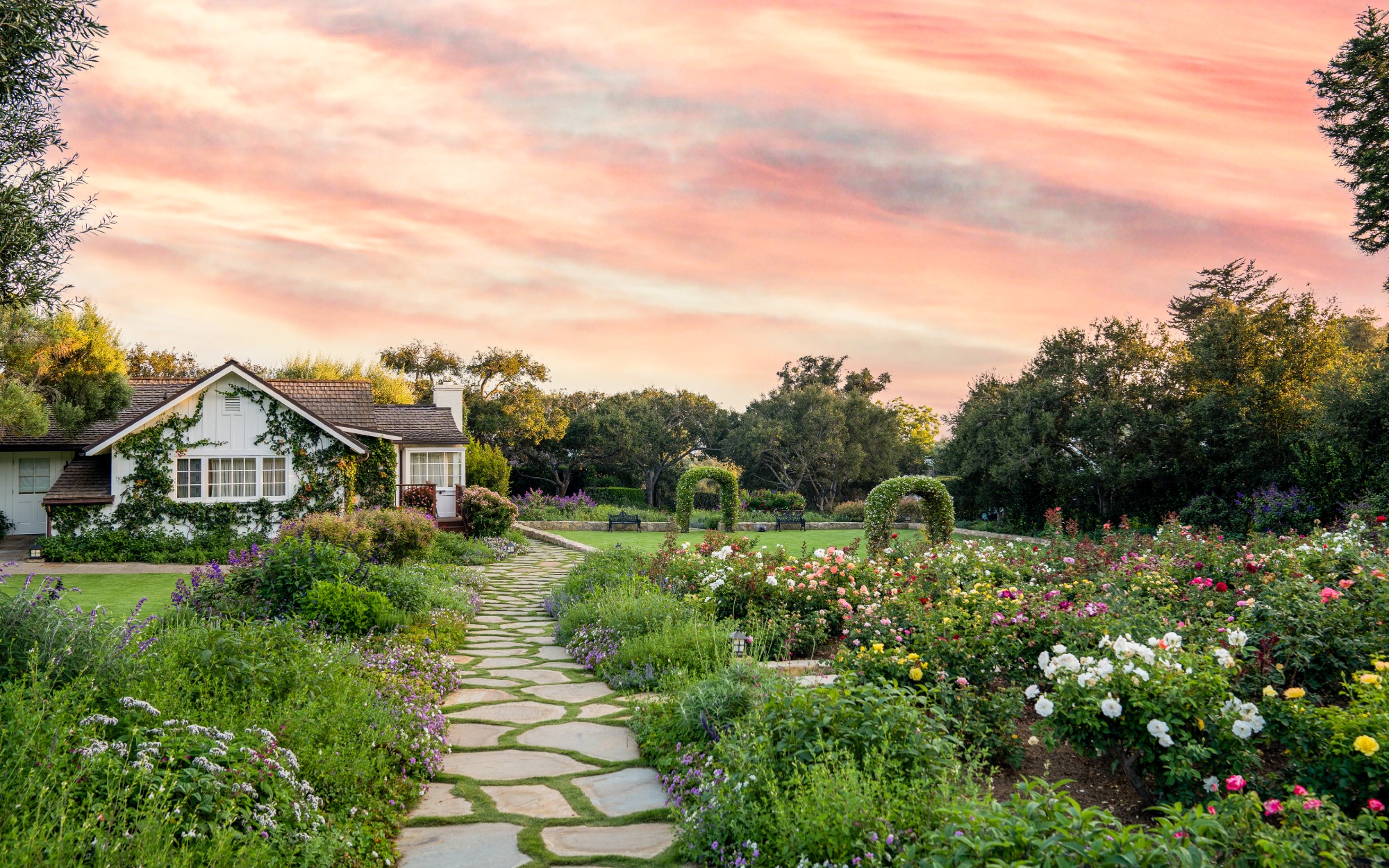 Step into a fairy tale at San Ysidro Ranch
Step into a fairy tale at San Ysidro RanchThe Week Recommends This historic Californian hideaway is pure magic
-
 The Old Bell Hotel: whimsy and charm in historic Wiltshire
The Old Bell Hotel: whimsy and charm in historic WiltshireThe Week Recommends Giraffes, monkeys and bold, bright colours add a playful touch to this 800-year-old inn
-
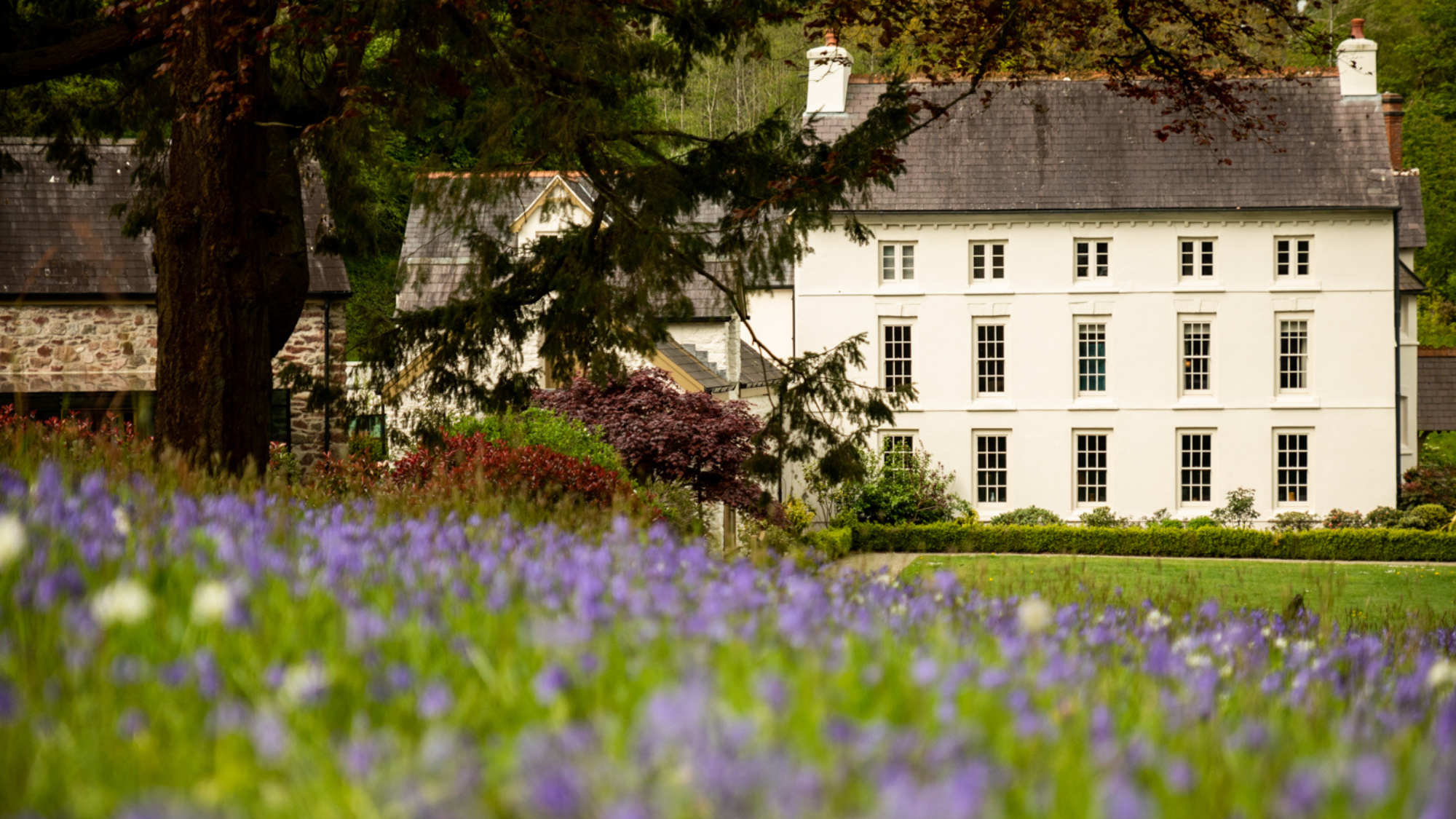 Grove of Narberth: comfort and style in the Welsh countryside
Grove of Narberth: comfort and style in the Welsh countrysideThe Week Recommends This boutique Georgian manor in Pembrokeshire is the perfect rural retreat
-
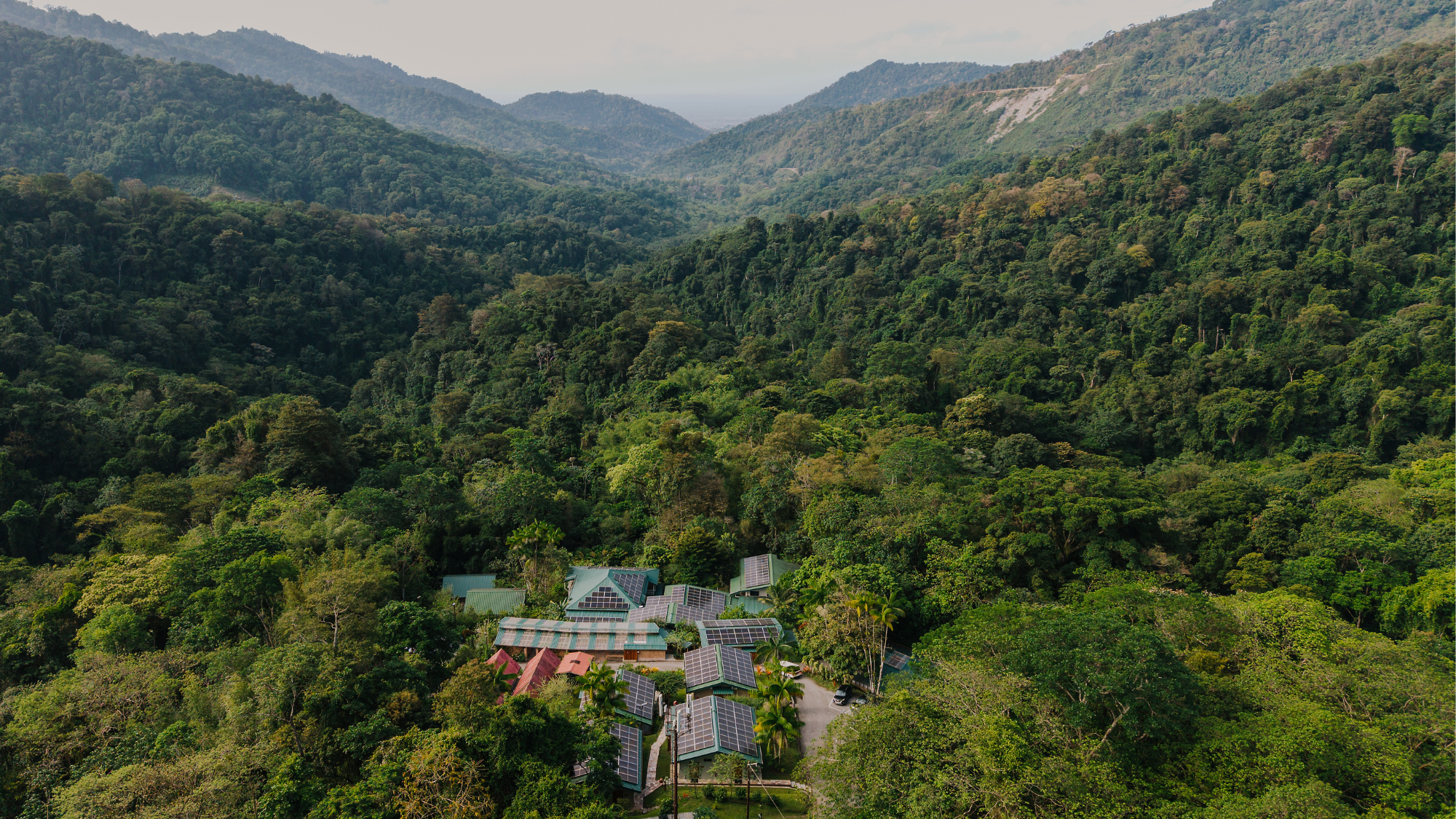 A journey through Trinidad’s wild heart
A journey through Trinidad’s wild heartThe Week Recommends Experience the island’s natural wonders, from watching baby turtles hatch to visiting an ancient bat cave
-
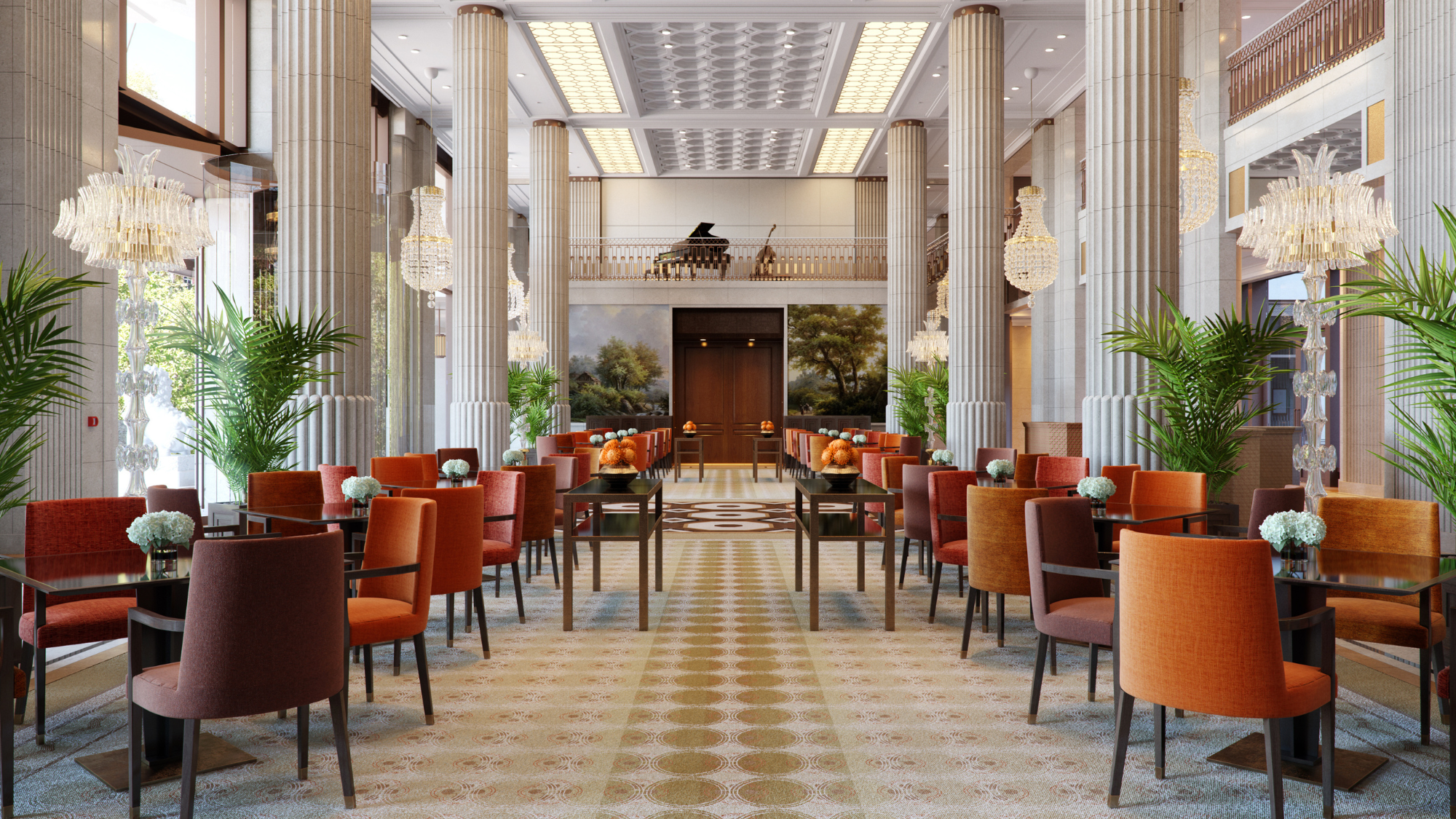 The Peninsula: London’s first billion-pound hotel
The Peninsula: London’s first billion-pound hotelThe Week Recommends As the capital’s super-luxury hotel scene continues to expand, the respected brand is still setting the standard
-
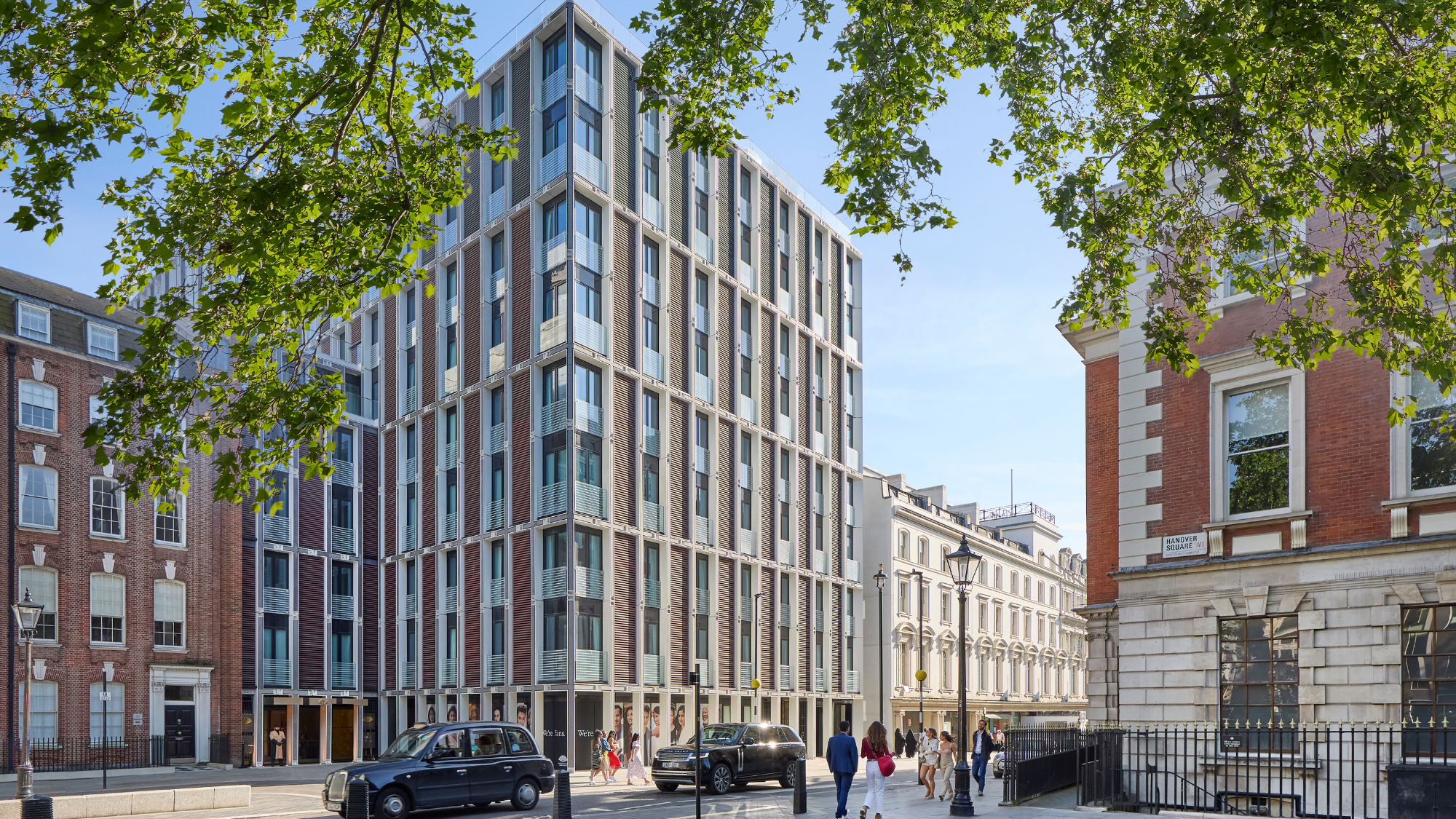 The Mini-Mayfair package at Mandarin Oriental
The Mini-Mayfair package at Mandarin OrientalThe Week Recommends Keep the kids entertained with a family-friendly stay at one of London’s swankiest hotels
-
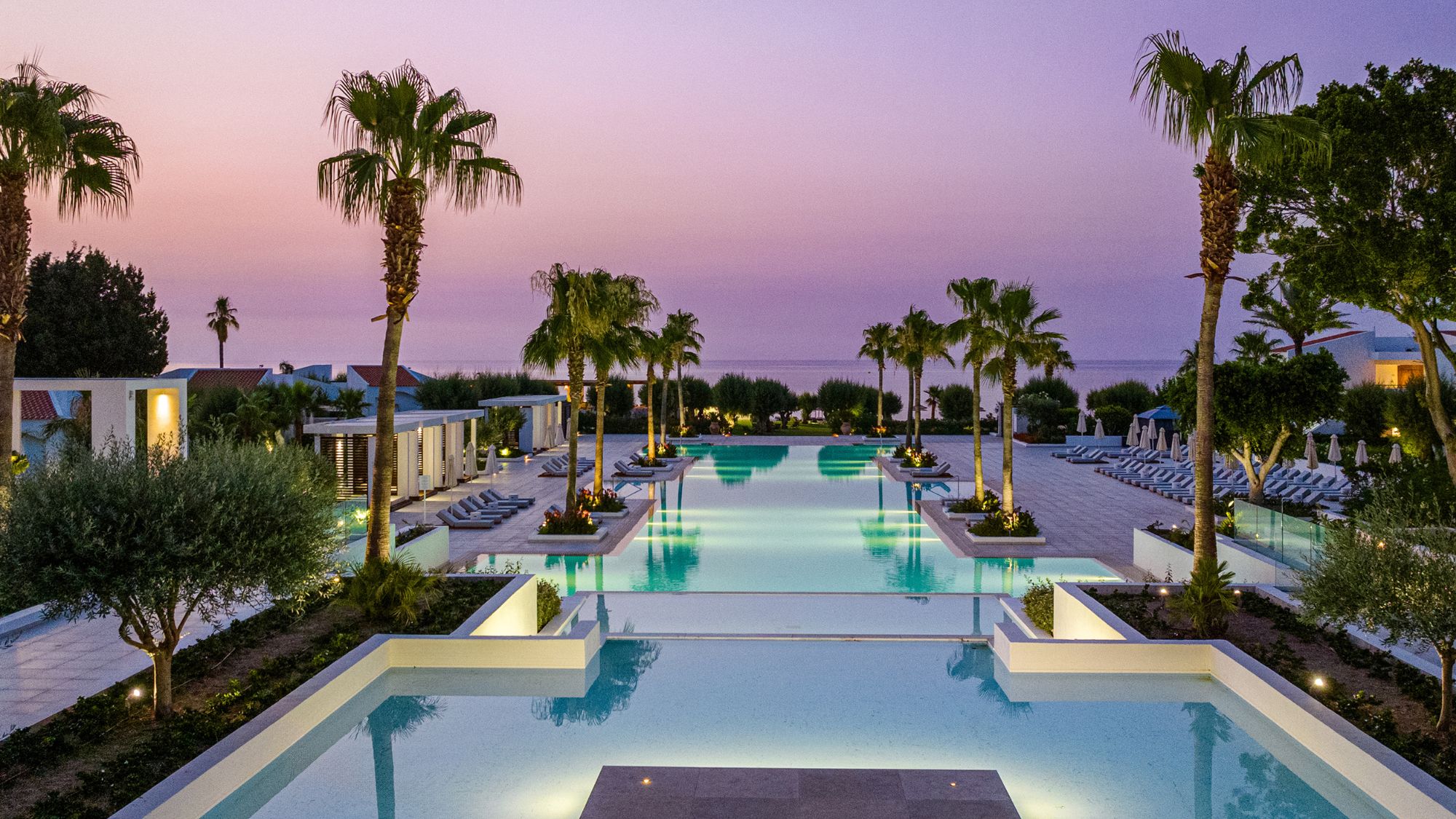 Grecotel Luxme Dama Dama: Greek luxury with a breezy beach vibe
Grecotel Luxme Dama Dama: Greek luxury with a breezy beach vibeThe Week Recommends Rhodes is reimagined in this refined and relaxed resort